2023 Bull Market Pick: 1936–47 Harley-Davidson Knucklehead
Welcome back to the Hagerty Bull Market List, our annual deep dive into the collector cars (and bikes) climbing the value ranks. This vehicle is one of 11 chosen for the 2023 installment of the List. To see the other 10, click here.
Among the many American motorcycle manufacturers that existed before World War II, Harley-Davidson emerged a victorious survivor. It was with its first production overhead-valve motorcycle, the 1936 E/ES/EL (later known as the Knucklehead due to the shape of the valve rocker covers) that Harley sealed that victory. With that series, the company set out to fix the problems and the dirty image of previous motorcycles, such as the side-valve models with their total-loss oil systems that dumped the black stuff on the roadway. Harley turned to overhead valves and 61 cubic inches to create a cross-country touring machine.
The Knucklehead was available in three versions from 1936 to ’38: The E, with 37 horsepower; the ES, for sidecar use; and the EL—the “hot” version—with 40 horsepower due to higher compression. When buyers saw more horsepower, they paid for it, and in 1938, Harley dropped the E model from the lineup. That makes an E Knucklehead one of the rarest and most desirable models today.
The war ended civilian production for a time, and the last of the Knuckles was produced in 1947, before the new bike, later referred to as the Panhead (the valve covers looked like pie pans) was introduced in 1948.
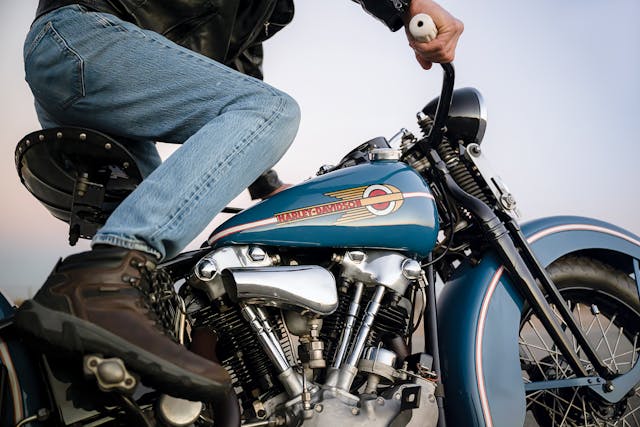
Throw a leg over this low and long cruiser and understand what freedom and rebellion meant when your grandfather was in knee pants. Once you get it kick-started—that can be a workout when the bike is cold or, indeed, hot—the engine does the classic potato-potato while your bottom settles into the single seat like it’s a leather diaper. A brace of springs underneath (along with the balloon tires) serves as your only real isolation from the road. It’s an iron machine for iron riders, not heavy by today’s standards or even very fast, but boy does it make an entrance. Gear selection is via a shifter next to the tank, while the clutch and brake controls all reside in unfamiliar locations. Even if you’re a veteran of the twist-and-lean, it’s best to do your first miles on this one in a parking lot, away from traffic.
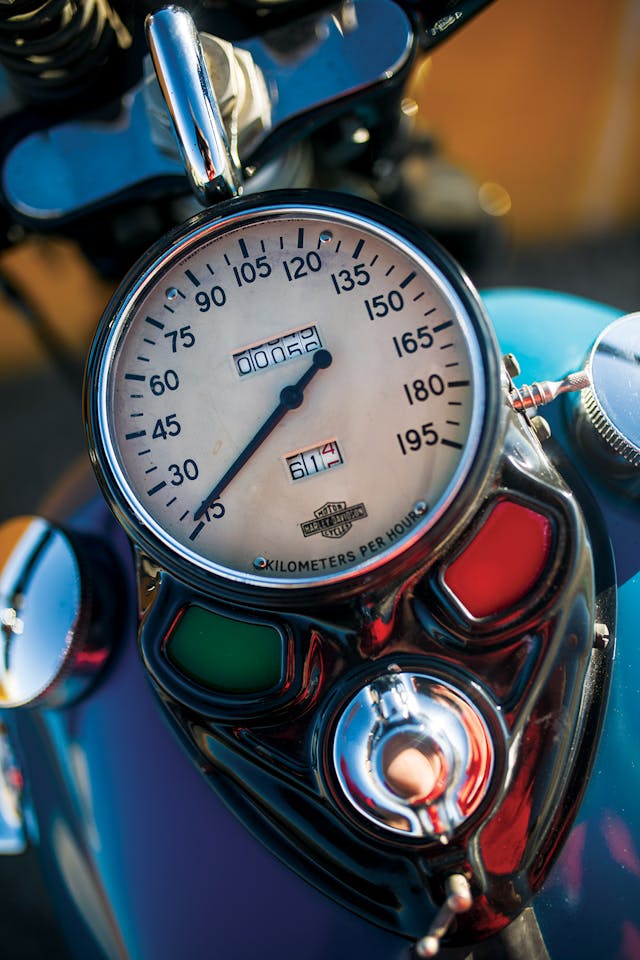
The Knucklehead is a bike that bends the norms in a market that is underappreciated by younger buyers. However, the motorcycle market doesn’t act like the car market. Although 1940s cars aren’t blossoming, 1940s American bikes have strong appeal to a surprisingly youthful audience, making them sound investments. The main competitor to the Knucklehead is the 1940–53 Indian Chief, a swooping beauty whose value is nearly a third of what a Knucklehead brings. The Harley brand itself is the difference; Hagerty data shows that the brand resonates far more with the younger audience, and a Knucklehead owner is more than twice as likely to be a millennial or Gen Z than is an Indian Chief owner. And they’re actually likely to quote a Knucklehead at a value higher than a boomer four out of five times. Surprise, there’s something about that sensory experience and mechanical art that younger buyers love. Go ahead—ride one and you’ll understand.
***
1938 Harley-Davidson Knucklehead
Highs: A solid and stolid hunk of genuine Americana; quicker than just about any car you could have from 1938; consistent youth appeal means the long-term investment prospects look bright.
Lows: No push-button start; can be as cantankerous as any 80-year-old; unfamiliar controls from before everything was standardized.
Price range: #1 – $143,000 #2 – $101,000 #3 – $68,800 #4 – $46,600

HAGERTY AUTO INTELLIGENCE SAYS:
Harley-Davidson resonates with enthusiasts of all ages, and this interest propels the Knucklehead to a starring role among WWII-era motorcycles. Knucklehead owners are nearly three times more likely than Indian Chief owners to be under 45 years old. And those younger enthusiasts aren’t bottom-feeding—they are insuring Knuckleheads for 15 percent more than boomers. Young buyers clearly preferring one model over another and paying more for it? A recipe for success in a market that would be shocked to see them reaching for anything other than sport bikes and supercars.
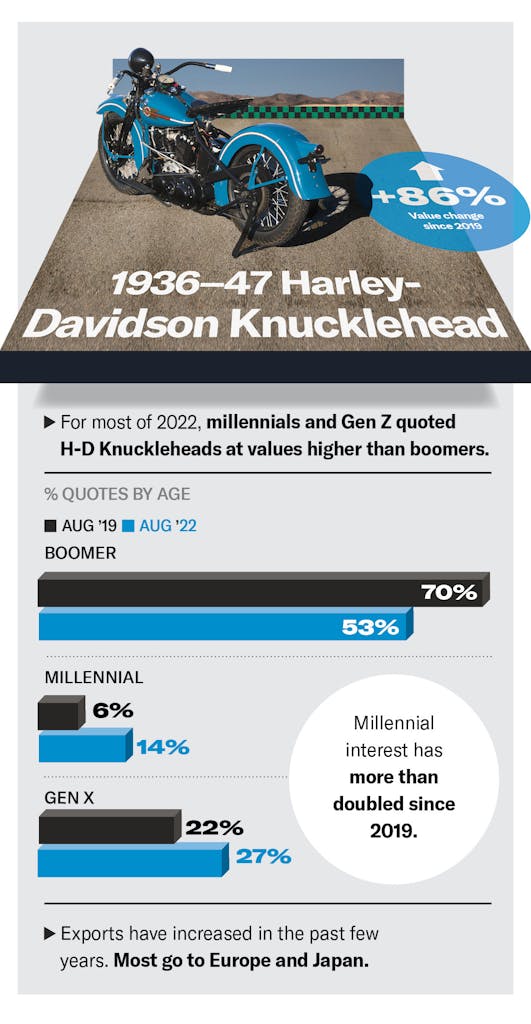
Check out the Hagerty Media homepage so you don’t miss a single story, or better yet, bookmark it.

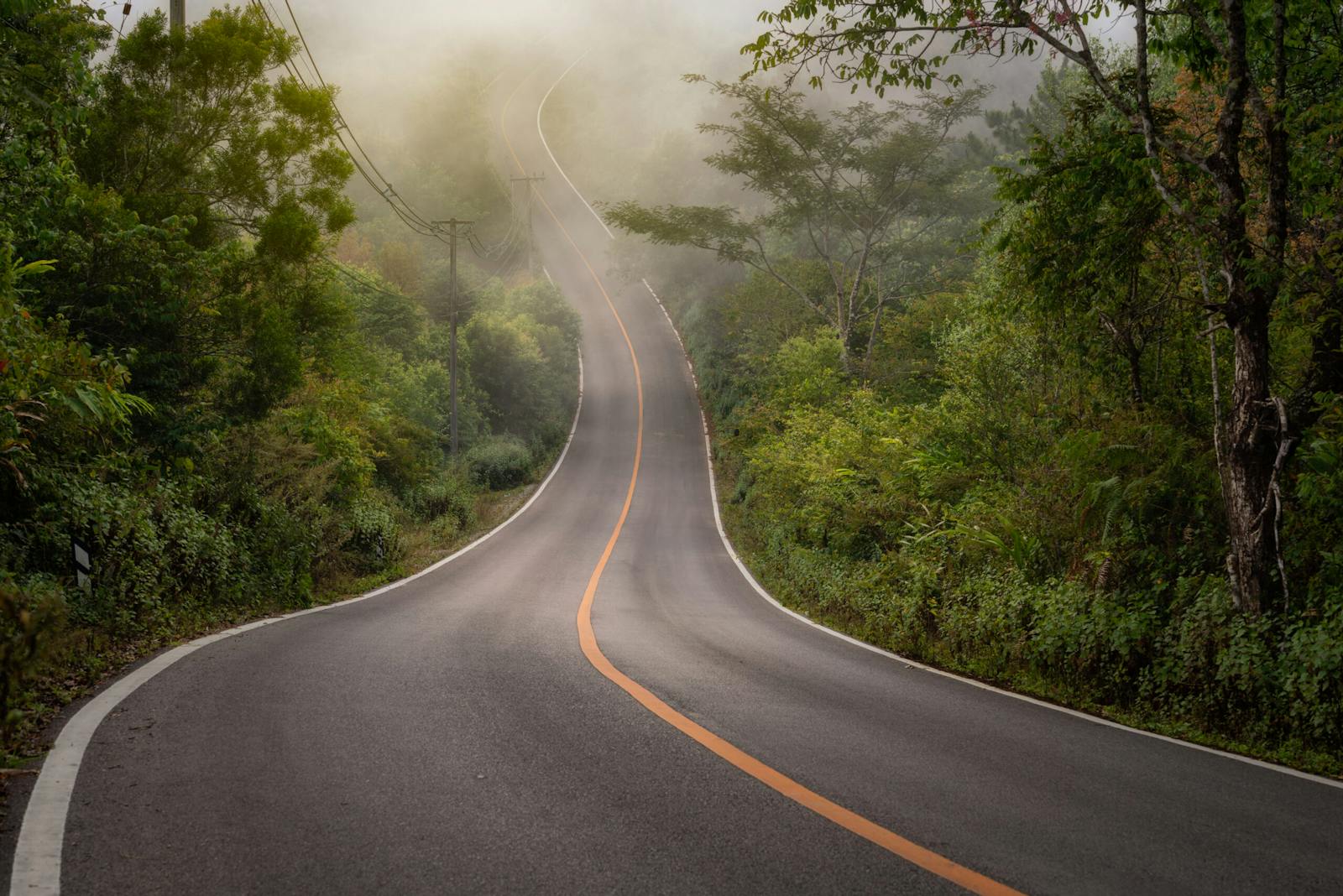
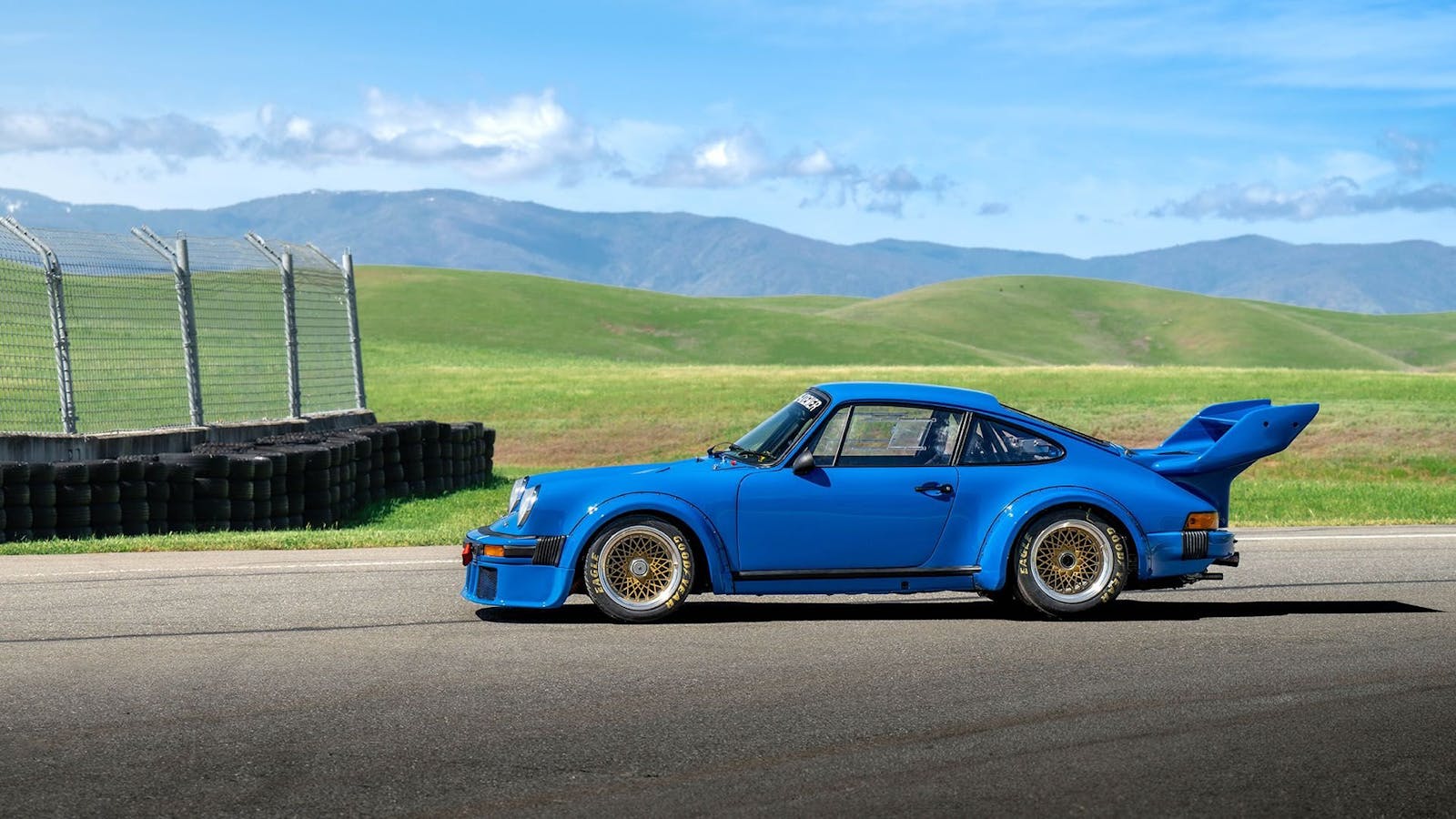
“When your grandfather was in knee pants,” how young is this writer?
I used to sport ‘knee pants’ hawking newspapers on the corner, by the coal chute. EXTRA! EXTRA!
Knickers.
All I can say is that Harley Davidson produced to fine little scooters,
The flat and the knuckle heads But even today the Knuckle Head is the prettiest
Motor Harley ever build !!
Nice.